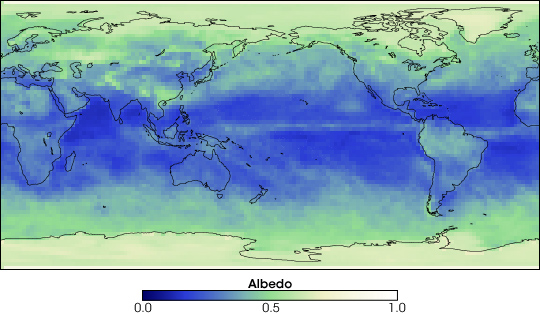 The declination of the Sun is the measurement of the angle between the Sun’s rays and the Earth’s equatorial plane. This principle is used to explain why we have different seasons, why there are four in some countries and there are only two in some.
The declination of the Sun is the measurement of the angle between the Sun’s rays and the Earth’s equatorial plane. This principle is used to explain why we have different seasons, why there are four in some countries and there are only two in some.
The Earth’s axis is tilted by 23.5 degrees away from the solar plane. The northern hemisphere and the southern hemisphere have always contradicting seasons. When the northern hemisphere is tilted towards the Sun, summer season occurs while it becomes winter in the southern hemisphere. Then after a period of six months, winter will come in the north and summer will brighten up the south.
The Sun’s declination varies throughout the year. Its declination becomes zero during the spring equinox and reaches the maximum declination angle of 23.5 degrees during the summer solstice. It reverts to zero declination when fall equinox comes and drops to the negative 23.5 declination during the winter solstice.
During the summer solstice, when maximum declination of 23.5 is reached, a specific region north of the Arctic Circle receives sunlight 24 hours a day while the Antarctica receives 24 hours of darkness.
The change in the Sun’s declination results in yearly cycles which are observed as each season progresses. The declination of the Sun has effects on its own altitude and to the duration of daylight.
The Sun reaches its highest altitude above the horizon each day every noon in the northern hemisphere. With respect to the celestial equator, it reaches the highest altitude of 73.5 degrees and this occurs on the first day of the summer while its altitude reaches the minimum 26.5 during the first day of the winter.
The Sun’s declination also affects the duration of the daylight. Again with respect to the celestial equator, the northern hemisphere experiences the longest daylight during the summer solstice.
